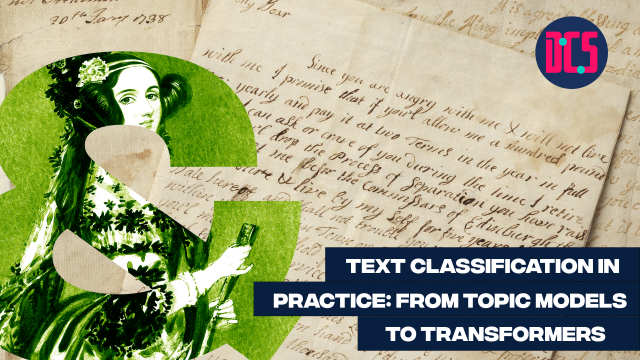Much Ado about Nothing: Missing Data in Research
In Person
This course will provide you with an opportunity to learn about how missing data can influence your research, and provide the skills, strategies and techniques for dealing with missing data. This course is split into two sessions. Identifying and understanding missing data, and learning what can be done about missing data.
The first session will be dedicated to understanding how missing data can influence our research outputs, and to identify the different types of missing data that can occur. Exploration of missing data will use statistical analyses, shadow matrices and data visualisation. These methods will all be undertaken with ready-made functions through useful packages such as naniar and tidyverse.
The second session will build on the first session to learn what can be done about missing data. The session will explore imputation strategies (I.e., the use of techniques to deal with missing data for analyses), perform a variety of imputations in a dataset, and explore methods of testing the validity of our imputations. The session will then examine how we report missing data and associated strategies in our research. Finally, the session will finish by exploring potential future research opportunities which focus on missing data.
This is an intermediate-level course. Students must have a basic background in R. This includes, at least the basic data types in R, how to install and load packages, and how to use functions, pipes, and apply/map functions. It will be sufficient for students to have taken the Introduction to R and RStudio course. Some previous knowledge of the basis of statistics will also help you follow the content better. If you want to refresh your knowledge on this topic you can have a look at our Statistical Analysis Pathway and the following suggested reading.
Those who have registered to take part will receive an email with full details on how to get ready for the course.
After taking part in this event, you may decide that you need some further help in applying what you have learned to your research. If so, you can book a Data Surgery meeting with one of our training fellows.
More details about Data Surgeries.
If you’re new to this training event format, or to CDCS training events in general, read more on what to expect from CDCS training. Here you will also find details of our cancellation and no-show policy, which applies to this event.
If you're interested in other training on data wrangling you can look at the following:
Return to the Training Homepage to see other available events.
Digital Scholarship Centre
Digital Scholarship Centre, 6th floor
Main Library
University of Edinburgh
Edinburgh EH8 9LJ













